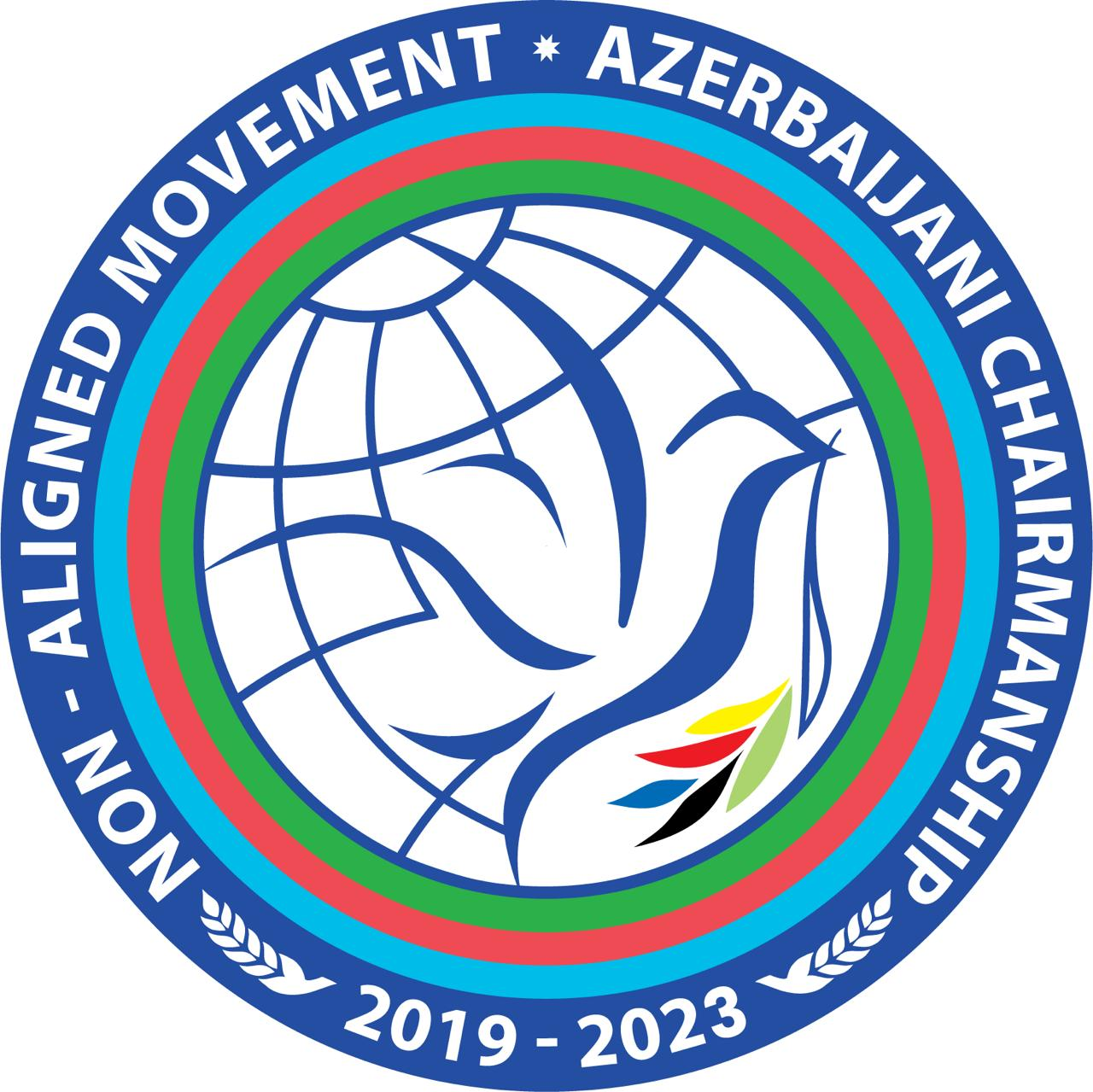History of NAM

The Non-Aligned Movement (NAM) was created and founded during the collapse of the colonial system and the independence struggles of the peoples of Africa, Asia, Latin America and other regions of the world and at the height of the Cold War. During the early days of the Movement, its actions were a key factor in the decolonization process, which led later to the attainment of freedom and independence by many countries and peoples and to the founding of tens of new sovereign States. Throughout its history, the Movement of Non-Aligned Countries has played a fundamental role in the preservation of world peace and security.
Historians consider that the Bandung Asian-African Conference is the most immediate antecedent to the creation of the Non-Aligned Movement. Conference was held in Bandung on April 18-24, 1955
The principles that would govern relations among large and small nations, known as the "Ten Principles of Bandung", were proclaimed at that Conference. Such principles were adopted later as the main goals and objectives of the policy of non-alignment. The fulfillment of those principles became the essential criterion for Non-Aligned Movement membership; it is what was known as the "quintessence of the Movement" until the early 1990s.
In 1960, in light of the results achieved in Bandung, the creation of the Movement of Non-Aligned Countries was given a decisive boost during the Fifteenth Ordinary Session of the United Nations General Assembly, during which 17 new African and Asian countries were admitted.
Six years after Bandung, the Movement of Non-Aligned Countries was founded on a wider geographical basis at the First Summit Conference of Belgrade, which was held on September 1-6, 1961. The Conference was attended by 25 countries: Afghanistan, Algeria, Yemen, Myanmar, Cambodia, Sri-Lanka, Congo, Cuba, Cyprus, Egypt, Ethiopia, Ghana, Guinea, India, Indonesia, Iraq,
The Founders of NAM have preferred to declare it as a Movement, but not an organization in order to avoid bureaucratic implications of the latter.
The membership criteria formulated during the Preparatory Conference to the Belgrade Summit (Cairo, 1961) show that the Movement was not conceived to play a passive role in international politics but to formulate its own positions in an independent manner so as to reflect the interests of its members.
During the 1970s and 1980s, the Movement of Non-Aligned Countries played an essential role in the struggle for the establishment of a new international economic order that allowed all the peoples of the world to make use of their wealth and natural resources and provided a wide platform for a fundamental change in international economic relations and the economic emancipation of the countries of the South.
Throughout its history, the Movement has played an important role in strengthening international peace and security, within the framework of its permanent quest for establishing a more peaceful and prosperous world. It persistently called for strict adherence to the norms and principles of international law and has provided major thrusts in the areas of disarmament, better economic wellbeing, social justice and environmental sustainability. During its nearly 60 years of existence, the Movement of Non-Aligned Countries has gathered a growing number of States which, in spite of their ideological, political, economic, social and cultural diversity, have accepted its founding principles and primary objectives and shown their readiness to realize them.
February 16 , 2021





